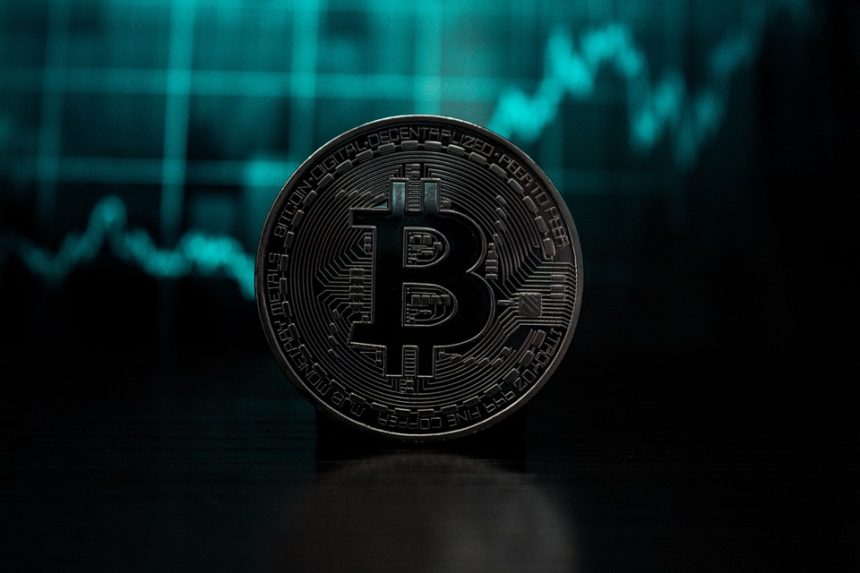In the world of cryptocurrency, the dynamics of market movements are often dictated by an array of factors. Among these, trading volume stands out as a crucial barometer of market sentiment and activity. Understanding the correlation between trading volume and cryptocurrency prices is essential for both novice and seasoned traders. This article explores how increased trading activity impacts cryptocurrency prices, the mechanisms behind this relationship, and the implications for investors.
What is Trading Volume?
Trading volume refers to the total number of shares or contracts traded for a particular asset during a specified time period. In the context of cryptocurrencies, it represents the amount of a specific cryptocurrency that has been bought and sold on various exchanges over a given timeframe. High trading volume typically indicates strong interest and activity, while low volume may suggest apathy or uncertainty from investors.
The Psychology of Trading Volume
The psychological aspect of trading heavily influences market behavior. When trading volume surges, it often indicates a shift in investor sentiment. This can be sparked by news events, regulatory announcements, technological advancements, or market trends. For example, if a leading cryptocurrency experiences a sudden increase in trading volume, it may signal to potential investors that significant changes are underway, leading to further interest and potentially driving up prices.
Mechanisms Connecting Volume and Price
-
Liquidity and Price Movement: High trading volume contributes to liquidity, making it easier to buy and sell assets without drastically affecting the price. In liquid markets, significant price changes typically require large trades. Therefore, increased volume usually results in less volatility, leading to a more stable price movement. Conversely, low volume can cause drastic price fluctuations, as even small trades may have an outsized impact.
-
Market Depth and Order Imbalance: Volume surges often trigger a rush of market orders, which can create an imbalance between buy and sell orders. If the demand (buy orders) increases significantly compared to the supply (sell orders), prices are likely to rise. Conversely, if selling pressure increases without sufficient buy orders, prices may plummet. This dynamic illustrates the importance of understanding market depth alongside trading volume.
-
Trend Confirmation: Traders often look to volume as a means of confirming price trends. For instance, a price increase accompanied by high volume suggests strong bullish sentiment and may encourage more investors to enter the market, pushing prices even higher. Conversely, a price increase with low volume can indicate a lack of confidence in the movement, potentially leading to a reversal.
- FOMO and Panic Selling: Fear of missing out (FOMO) can lead to increased trading volume as investors rush to capitalize on price movements. This can further amplify price hikes as speculators jump onto the bandwagon. On the flip side, a sudden drop in price could trigger panic selling, causing a spike in trading volume as investors try to exit their positions.
Historical Examples of Volume-Driven Price Movements
Several notable instances in cryptocurrency history highlight the correlation between trading volume and price movements:
-
2017 Bitcoin Bull Run: In late 2017, Bitcoin experienced an unprecedented volume surge that coincided with its parabolic price rise to nearly $20,000. Increased media coverage, mainstream adoption, and FOMO fueled this activity, creating a feedback loop whereby rising prices prompted even greater volume.
- Altcoin Season: Periods often categorized as "altcoin seasons" see surges in trading volume across various alternative cryptocurrencies. During these times, as Bitcoin’s dominance wanes, capital shifts towards altcoins, driving their prices up and resulting in substantial trading volume increases.
Implications for Investors
Understanding the relationship between trading volume and price movements is vital for investors looking to make informed decisions. Here are some practical implications:
-
Market Timing: Monitoring trading volume can provide insights into potential entry and exit points. For instance, a sudden increase in volume could signal a good buying opportunity if it aligns with a positive price trend.
-
Risk Assessment: Investors should be cautious when trading in markets with low volume, as price swings can be erratic and unpredictable.
- Long-Term Strategy: While short-term traders may focus on volume trends for quick gains, long-term investors should consider the overall fundamentals behind the cryptocurrency instead of solely relying on volume spikes.
Conclusion
The correlation between increased trading activity and cryptocurrency prices is a complex and multi-faceted relationship influenced by market psychology, liquidity, order imbalances, and trend confirmation. For traders and investors, understanding this dynamic is critical for navigating the volatility and speculation inherent in the crypto space. By keeping an eye on trading volumes alongside other market indicators, one can gain a more holistic view of potential price movements and make more informed investment decisions. As the cryptocurrency market continues to evolve, staying informed about these aspects will be key to unlocking its potential.





